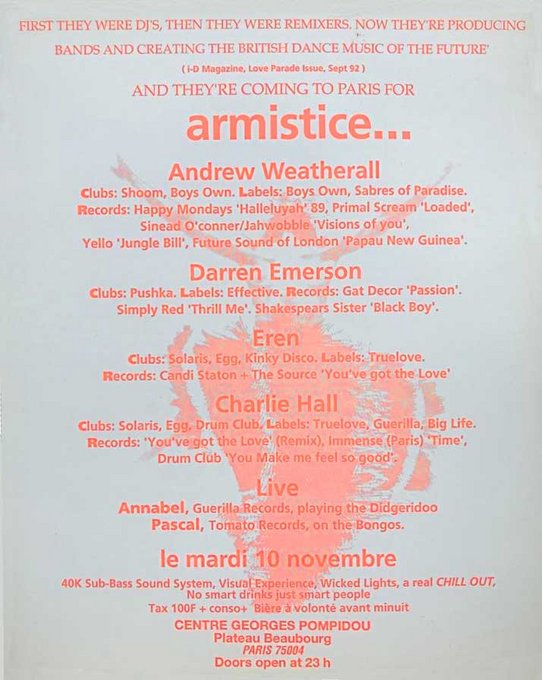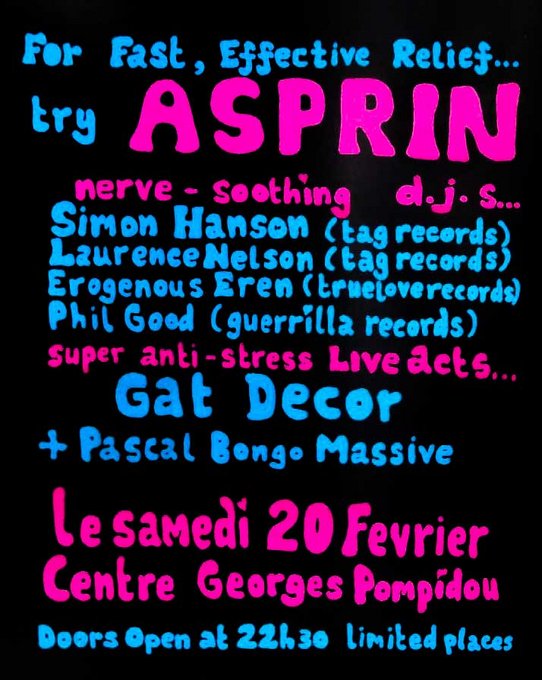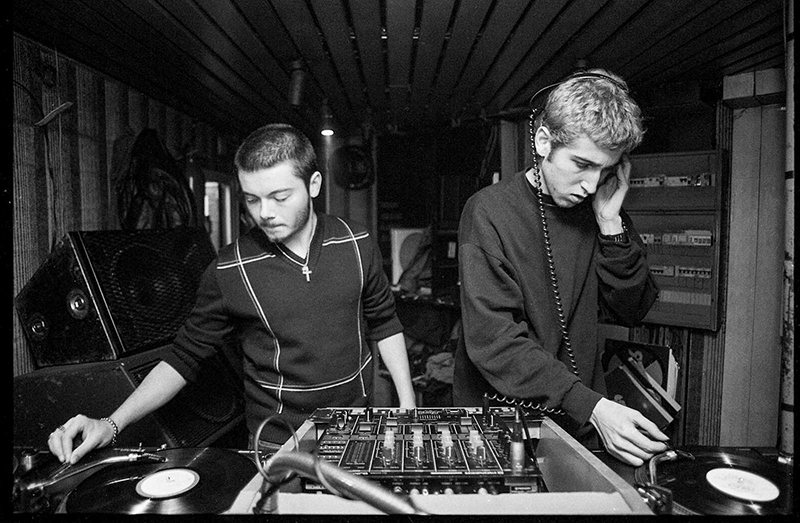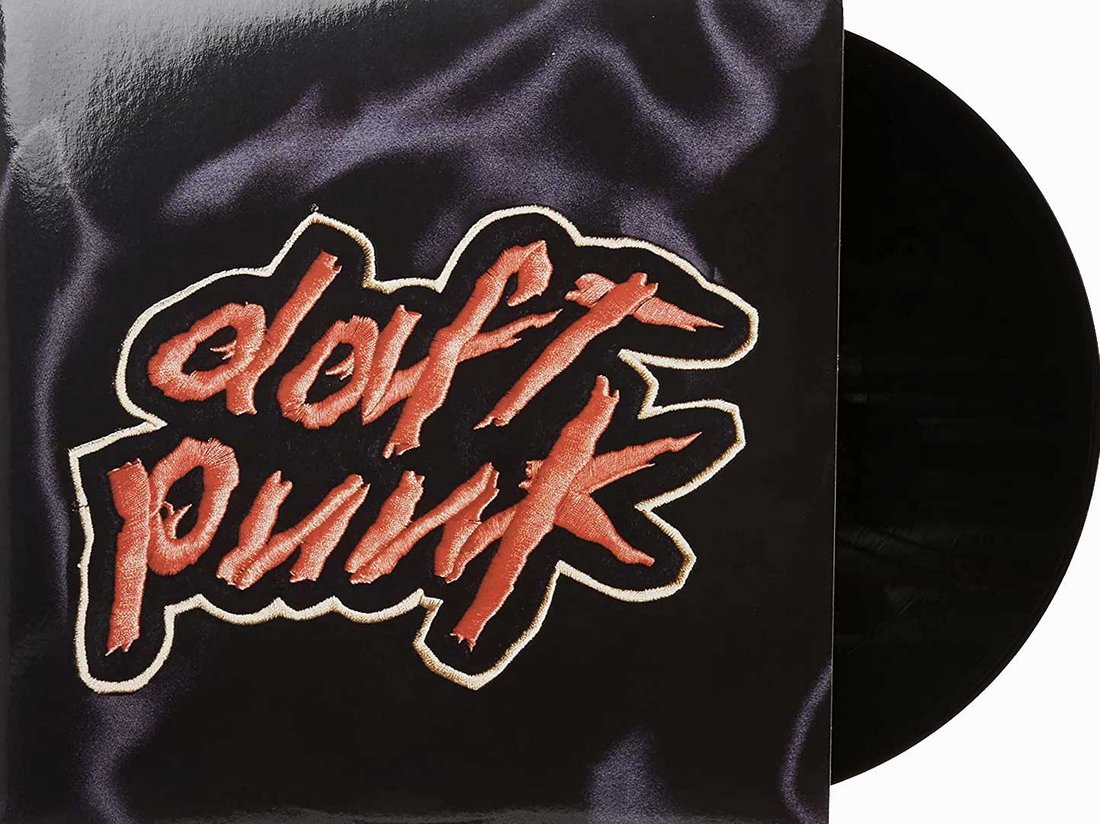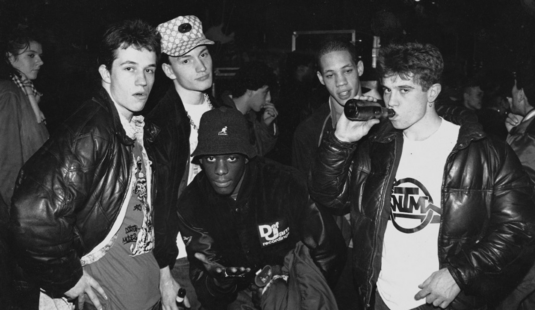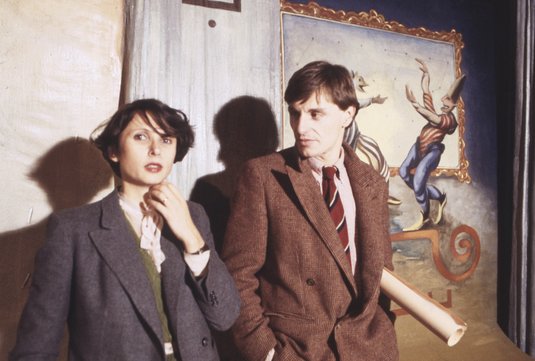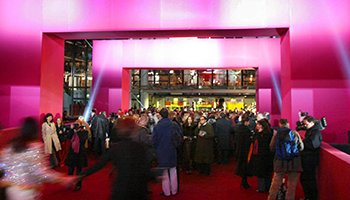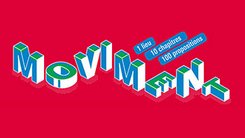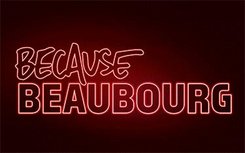![[Translate to English:] [Translate to English:]](/fileadmin/_processed_/6/7/csm_DaftPunk-bandeau_d0b1d1d72c.jpg)
The Centre Pompidou and the birth of Daft Punk: the untold details of the story
"We weren’t yet 18 and we were finally going to a rave […]. The night was called ‘Armistice’ and the venue was magical; on the Beaubourg roof with a bird’s eye view of Paris [...]. At last we would discover, on a decent sound system, Chicago house and Detroit techno, the dance music which would change our lives." On 10 November 1992, Guy-Manuel de Homem-Christo and Thomas Bangalter were not yet Daft Punk, but they will discover the explosion of house music for the first time. The two friends were just blown away by the "Armistice" event (a nod to the public holiday the following day) on the rooftop of the Centre Pompidou, as Bangalter recalls in the preface to the graphic novel The Song of the Machine, by David Blot and Mathias Cousin (republished in French in 2011).
In the early 1990s, techno nights were reserved to a few hundred insiders; fans of these new electronic sounds born in the major industrial cities of the USA. The first raves took place at weekends, in disused suburban warehouses or in open fields. There was no internet or social media to publicise events. Everything went through real phone calls between friends (as portrayed in the film Eden by Mia Hansen-Løve, with Vincent Lacoste in the role of Thomas Bangalter), adverts in fanzines, or flyers in record shops. Rough Trade had just opened on Rue de Charonne, in the 11th arrondissement in Paris. The legendary record shop was already a magnet for apprentice DJs, who came to stock up on records and imports of all musical styles.
There was no internet or social media to publicise events. Everything went through real phone calls between friends, adverts in fanzines, or flyers in record shops.
Serge Nicolas, graphic artist and founder of the music magazine Magic, was deeply involved in this emerging scene. He was a 22-year-old art student at the time, and a regular at techno nights with his friends Thomas and Guy-Man, who he had met at a Primal Scream gig in Paris in 1992. According to Serge: "Everything worked by word-of-mouth at that time. There were infolines, those telephone numbers you could call to get details of upcoming events, and announcements on Radio FG." In early 1990, Daft Punk were not yet Daft Punk, but they were already making music. Thomas Bangalter came from a musical background. His father Daniel Vangarde was a disco producer, in particular for The Gibson Brothers and Ottawan. The two geeks, who had met at Carnot high school in the 17th arrondissement in 1986, started their first band with Laurent Brancowitz (who would go on to found Phoenix). Named Darlin’ after a Beach Boys song, the trio played guitar pop. It was a very far cry from the electronic sound which later brought them international fame. "Our band was going nowhere. We’d played a few gigs and our music was a little anecdotal, as it is when you’re 16 or 17 years old and want to start a band", Thomas Bangalter recalled in Les Inrocks magazine. In early 1992, it was thanks to a biting review of one of their first titles in the British music weekly, Melody Maker, that they found their new avatar: Daft Punk.
On that November evening in 1992, on the top floor of the Centre Pompidou with a view of the whole of Paris, the atmosphere was electric. The clubbers had taken over the Museum’s staff cafeteria.
On that November evening in 1992, on the top floor of the Centre Pompidou with a view of the whole of Paris, the atmosphere was electric despite the minimalist decor. It was a Tuesday, the day the Museum usually closed to the public, and the clubbers had taken over the Museum’s staff cafeteria, which would become the "Georges" in the early 2000s. Richard Penny, today a peaceable London-based entrepreneur in the renovation sector, was the man who made the miracle happen. He was 27, living in Barbès with friends, and had already organised evenings at the Institut du Monde Arabe and the Palace, at the time of David and Cathy Guetta.
In the summer of 1992, after meeting DJ Sextoy [a key figure of the 90s Parisian electro scene who died in 2002, editor’s note] and Malcolm MacLaren at a party at Centre Pompidou, this acid house fan decided to launch his own events. His famous "soirées Beaubourg" which took place from late 1992 to the summer of 1993, represented a magical interlude which the fifty-year-old clubbers of today recall with much nostalgia. As Richard Penny explains: "Things got organised very naturally. I got in touch with the cafeteria manager to rent the venue, and it only cost me 16,000 francs, which was lucky, because I was just a small independent entrepreneur at the time!" The security agents were notified. Richard himself printed the flyers for the event: "Admission 100 francs and all the beer you can drink up to midnight." The official capacity was for 500 people maximum, but as Richard explains, "1,500 people were queueing up outside!"
His famous "soirées Beaubourg" which took place from late 1992 to the summer of 1993, represented a magical interlude which the fifty-year-old clubbers of today recall with much nostalgia.
Inside the cafeteria, the tables had been pushed into a corner. On the improvised dancefloor, the clubbers were giving their all to the infrabass sounds of the DJs. The young Brooke Taylor, now a Denmark-based fashion designer, remembers: "It was a wild evening, because of the venue, obviously, but also the stars at the mixing table. Darren Emerson [future founder of Underworld, editor’s note] was there, as was Andrew Weatherall!" The producer of Screamadelica, Primal Scream’s seminal 1991 album fusing rock and acid-house, Weatherall is a legendary figure. He died in 2020 and is often quoted by Thomas Bangalter as a fundamental influence. All those revellers were brought together by Eren Abdullah, aka DJ Eren, who was more or less the "creative director of these evenings", according to Richard Penny. In Daft Punk Unchained, a landmark BBC documentary (2015), Eren also described this famous ‘Armistice’ night as a turning point in the career of the future Daft Punk.
Riding on the success of "Armistice", Richard Penny organised ‘Aspirin’ in February 1993, at Centre Pompidou once again, which Serge, Thomas and Guy-Man went along to. For Serge Nicolas, these "soirées Beaubourg" were special for the duo because "the atmosphere was ultra chilled and friendly, a far cry from certain raves which were a bit grim. We felt as if we were experiencing something new, a sort of moment of grace in space and time. And with this music, the attitude was different to the rock scene and all the rock star clichés. The music came first, before the people. That had a profound impact on Thomas and Guy-Man."
We felt as if we were experiencing something new, a sort of moment of grace in space and time. And with this music, the attitude was different to the rock scene and all the rock star clichés. The music came first, before the people.
Serge Nicolas, graphic artist
11 November 1992, the party ended at dawn. At 5am, the cafeteria manager ordered Richard to stop the music. Brooke was euphoric, thanks perhaps to a mixture of acid and the punch which had been flowing all evening. One thing is certain; after this communion on the dancefloor, nothing would ever be the same again. For his 18th birthday in January 1993, Thomas Bangalter bought his first machines; a Juno-106 synthesizer and a small Akai S01 sampler with a single mono output. He told Les Inrocks: "My father had also given me a Minimoog and we’d found a sequencer, a mixing table and a small compressor. I plugged everything into the ghetto blaster I’d had since the age of 11. It was all set up on a trestle table in my bedroom, and I moved my bed into the spare room."
The rest is history. On 20 January 1997, twenty years after the opening of the Centre Pompidou, Daft Punk’s first album, Homework, was released. It has sold millions of copies worldwide. ◼
Related articles
In the calendar
Guy-Manuel de Homen-Christo and Thomas Bangalter at An-Fer Club, in Dijon, 1996, © Cyril Villemain/Sipa
